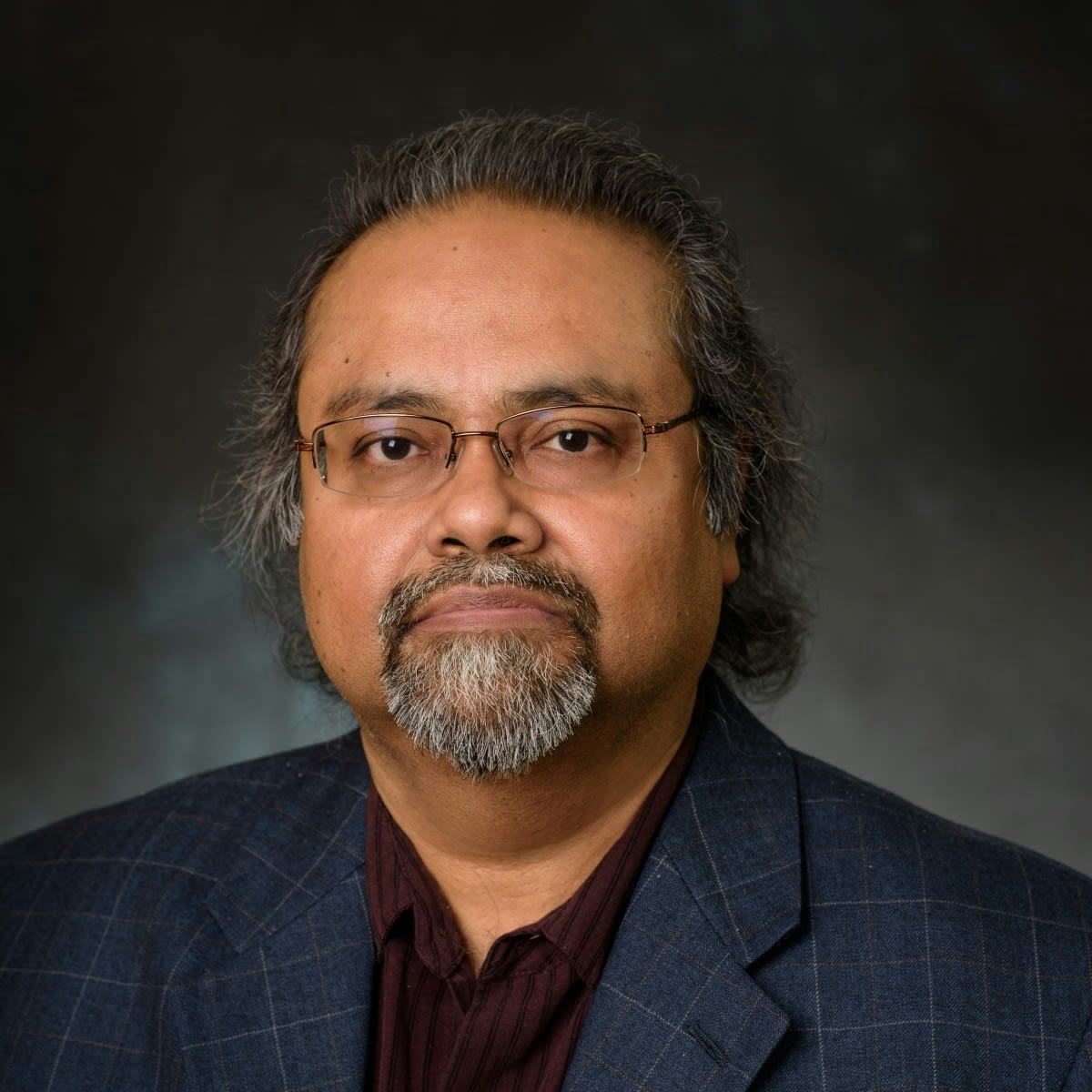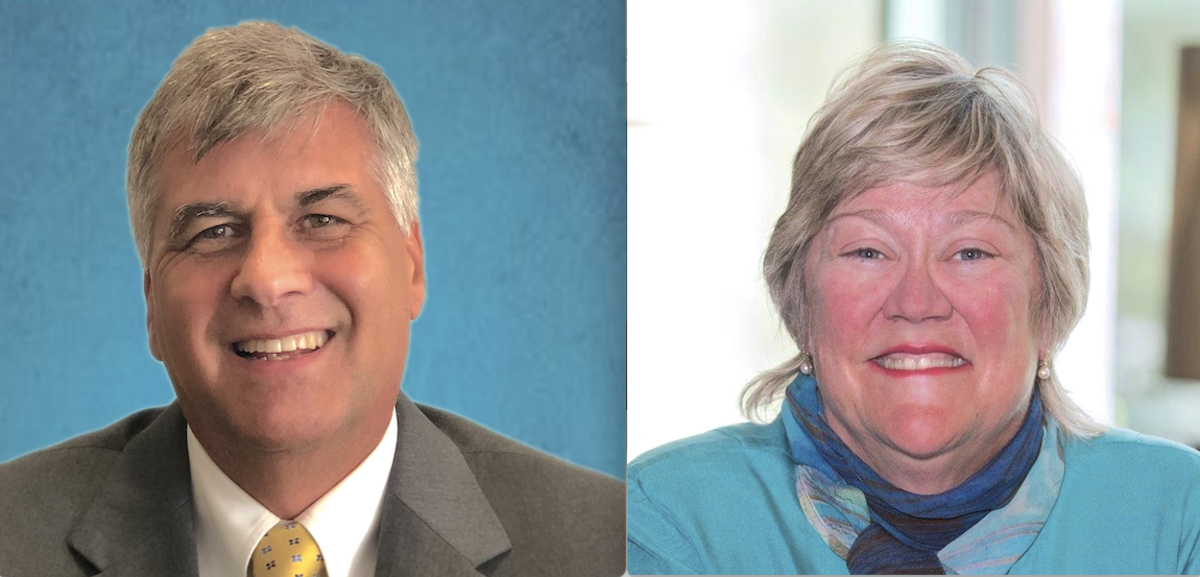New Green Hope for Southwestern Landscapes — and Industrial Properties in the Northeast
Stevens experts collaborate with a New Mexico tribal college to test sustainable reclamation technologies that could also be used locally and regionally
In the late 1960s, a century of intensive coal mining operations in south-central New Mexico closed down, leaving behind a landscape contaminated with toxic metals and other residues. The land, nutrient-poor and polluted, was as unsuitable for agriculture as it was for redevelopment.
Now Stevens researchers, working in partnership with regional tribal institution Navajo Technical University (NTU), will test innovative new green technologies to clean up and rehabilitate these lands — and the technologies could also prove useful in restoring contaminated industrial properties in the Northeast and elsewhere.
"What we learn in this project will build Stevens' ability to help restore properties and landscapes in our own backyard here in New Jersey and elsewhere in the Northeast," explains Dibyendu "Dibs" Sarkar, the Stevens professor of environmental engineering who will serve as a joint lead investigator in the project.
The work will be funded by the U.S. Department of the Interior’s Office of Surface Mining Reclamation and Enforcement.
Reclaiming former mineland soils, sustainably
The landscapes of the Southwest have long posed environmental challenges to regulators and rehabilitation efforts.
"The state's soils, including those in the Navajo Nation territory, have been compromised by uranium mines, coal mines, lead mines and numerous other mining and extraction operations," notes Sarkar. "Companies that worked there didn't historically do sufficient environmental impact analyses or reclamation activities.”
"Public health assessments of the potential future risks were not done in a comprehensive manner, despite the presence of heavy metals in the remains of those former mining operations."
Sarkar and his collaborators at NTU and Michigan Technological University recently developed the idea of reclaiming these polluted lands, using a sustainable technology to create vegetative caps covering the toxic piles of soil (known as "gob piles"). The caps will be composed of high-biomass tropical clump grass known as vetiver, which is characterized by a long, dense root system.
The team selected an abandoned coal-mining site in New Mexico to begin working on pilot-scale experimental sustainability efforts with an aim toward reclaiming the land.
"Because the weather in this part of New Mexico is mostly warm, it is a good region to try vetiver plantings in," Sarkar says. "Vetiver is a perennial grass that needs warmth and sunlight to thrive, and those are the conditions you find here."
Experts from NTU will investigate the work with Stevens, led by NTU environmental sciences professor Abhishek RoyChowdhury — a former Stevens postdoctoral fellow.
“I can’t wait to field-test this technology that we developed during my Ph.D. dissertation," says RoyChowdhury. "I am very optimistic that this project will usher in a new era of sustainable reclamation of coal mining-impacted soils in the Navajo Nation and elsewhere in the Southwest.”
Sarkar's team will first develop an engineered layer of topsoil, providing the conditions needed for plants to grow upon toxic, loose soils with little inherent water-holding capacity. The team will combine locally-generated recycled organics, such as composts and biochars, withnon-hazardous wastewater from a nearby drinking-water treatment plant to prepare the spoils for growing the vetiver grass.
"Once they become established, these grasses actually don't need a lot of water to grow, which again is perfect for this situation," Sarkar adds.
As they grow, vetiver roots take up, solubilize and absorb heavy metals from soil. Little of that metal is translocated to the plant’s aerial parts, making harvesting and disposal of the contaminated parts a relatively safe procedure.
The plantings will also add stability to the standing piles of discarded ore and dust, preventing windblown dust from traveling to (and contaminating) nearby homes, schools, agricultural operations and populated areas.
Sarkar's team will take special care to both contain and regularly test the soils they are working with.
"As you add organics, some metals can leach out," explains Sarkar. "We will monitor this very closely, and will add water-treatment residuals to adsorb those leached metals. That's the beauty of doing research: you learn how to create the optimal plantings, learn what is the best mixture of materials."
Sarkar’s lab will also continue the partnership with NTU by helping train an NTU undergraduate student during the summer of 2022 in aspects of environmental engineering research.
Redeveloping urban properties in the Northeast
The project underscores Stevens' expertise in environmental reclamation. That expertise has led to the university's increasing involvement in New Jersey's "brownfields" — industrial and other contaminated sites that can be rehabilitated and redeveloped.
"Here in New Jersey, there are many projects available, as well as legal and financial incentives to clean up these lands," notes Sarkar, pointing both to state laws enacted in the 1990s to incentivize brownfields reclamation and a new, one-time tax credit signed into law by Governor Phil Murphy in January 2021.
"At Stevens, we would like to get in on the ground floor here, because we have both the technical expertise and the proximity to help make a real difference."
One Stevens project is already working to test vetiver's ability to uptake contaminants from backyard soils in Jersey City, New Jersey.
Sarkar also sits on the board of directors of the Brownfield Coalition of the Northeast (BCONE), a nonprofit association working to assist municipalities with reclamation projects in the northeastern U.S. through various free technical, legal and other advisory services. In collaboration with the International City/County Management Association, BCONE was recently selected as a Technical Assistance to Brownfields Communities (TAB) provider for EPA's Region 4.
"Stevens students participate in BCONE events, conferences and workshops as volunteers, networking for potential career paths and mentors," notes Susan Boyle, executive director and founding member of the organization.
"They are already playing a big role in what we are doing, for example through presentations of their research in our workshops. We encourage more students to join BCONE, as they receive free membership.”
Research in the field is always evolving, adds BCONE president Rick Shoyer.
"You have new issues, like contamination with ‘forever chemicals’ such as PFAS, that were not yet on the radar of what we were looking at even ten years ago," says Shoyer. "We need this continuing university and student involvement to help track new developments, produce new research and communicate it to municipalities and other partners."
"As we begin to better understand the challenge of brownfields and take leadership on this, there is plenty of opportunity for us as scientists and student researchers," sums Sarkar. "Our involvement with BCONE is one great way to plug into that."
"It's my hope Stevens will now begin to make a mark in the field."
Learn more about sustainability at Stevens:
Department of Civil, Environmental and Ocean Engineering
Sustainability Management Master's Program






